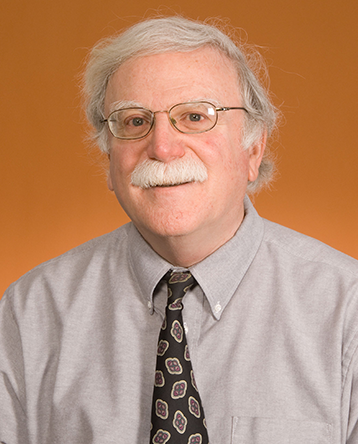David Laughlin
Alcoa Professor of Physical Metallurgy Emeritus, Materials Science and Engineering
Courtesy Appointment, Electrical and Computer Engineering
Alcoa Professor of Physical Metallurgy Emeritus, Materials Science and Engineering
Courtesy Appointment, Electrical and Computer Engineering

David E. Laughlin's research interests have centered around investigating the structure of materials by means of transmission electron microscopy and x-ray diffraction. He has studied various phase transformations, such as spinodal decomposition and ordering processes in several alloys and compounds by detailed analysis of their microstructure and electron diffraction patterns. Other fields in which he has been actively involved include cellular precipitation, twinning of ordered materials, and precipitation processes in
Laughlin is a director of the X-ray Central Facility and the Electron Optics Central Facility of materials science and engineering. He has been the principal editor of the Metallurgical and Materials Transactions since 1988. Knowledgeable in a wide variety of X-ray and electron optical techniques, he has more than 450 technical publications in the field of phase transformations, physical metallurgy, and magnetic materials, and has edited or co-edited eight books, and has 10 US Patents in the field of magnetic recording.
1973 Ph.D., Metallurgy and Materials Science, Massachusetts Institute of Technology
1969 BS, Metallurgical Engineering, Drexel University
MSE’s David Laughlin will retire in July 2022 after first joining CMU in 1974. Throughout his career he has received 12 patents, written a textbook, and was named the Alcoa Professor of Physical Metallurgy in 2001.
CMU Engineering
Caroline Gorham and David Laughlin have published a paper about a new framework to understand crystallization, the process that transforms a liquid or gas to a solid.